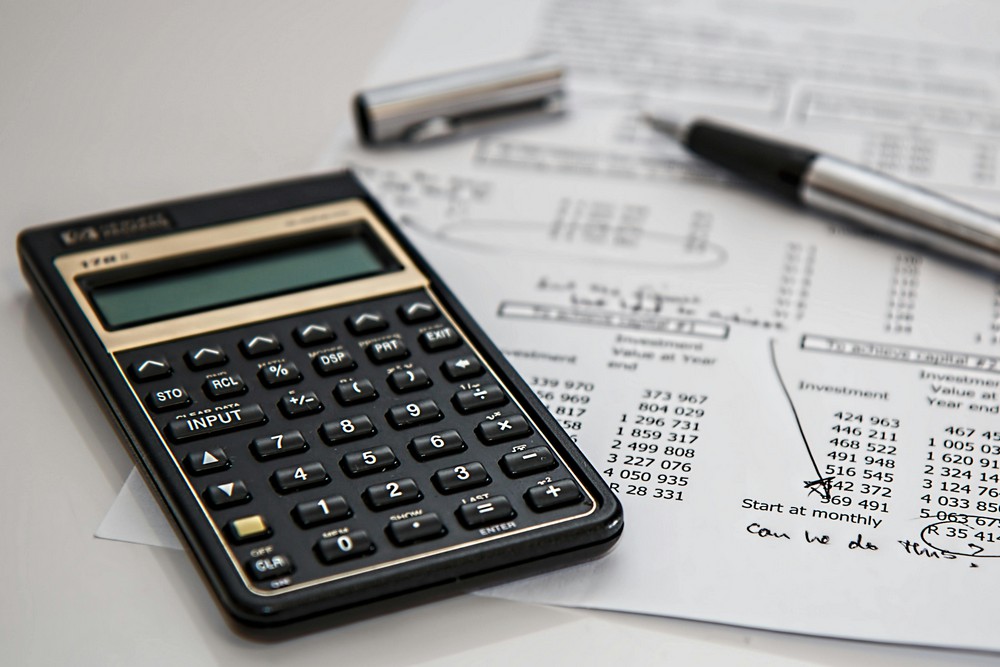
A solid opportunity, especially for international investors looking to expand. Morocco offers more than just a strategic location. It connects Europe, Africa, and the Middle East, and benefits from favorable trade agreem ...
Read more
Earnings before interest taxes depreciation and amortization: this is the description of the acronym EBITDA.
This may seem incomprehensible to many of you. If this is the case, you should know that what we are talking about is a management indicator, more commonly known as EBITDA and used in accounting to evaluate the profitability of a company's operating cycle.
When creating your company, you should know this tool which can be very useful later on to manage and make the right decisions for your company.
Commonly used by U.S. companies to calculate their operating performance, EBITDA is a unit of measurement that analyzes a company's revenues without taking into account variable items such as interest, taxes, depreciation and amortization.
In other words, it measures the gross profitability of the company's operating cycle independently of external events. This means its investment or financing policy. It is the equivalent of the gross operating surplus for accounting purposes.
To calculate the EBITDA, you need the financial statements of your company, in particular the income statement and the cash flow statement.
The calculation periods vary according to your needs. They can be monthly, quarterly or non-periodic.
Furthermore, the calculation can be done on an ad hoc basis. Generally this method is used by potential buyers in order to anticipate a sale or as part of the financial forecasts of a business plan in the start-up phase.
But generally, the EBITDA is calculated during the company's fiscal year. In this context, it is re-evaluated at the end of each fiscal year. In any case, there are two methods of calculating EBITDA. First, there is the EBITDA formula based on sales and another based on the company's result.
EBITDA= Annual turnover excluding taxes - Purchases and external charges - Personnel costs - Other costs
EBITDA= Net accounting result + Financial charges taxes and duties + depreciation and provisions
In practical terms, EBITDA (earnings before interest taxes depreciation and amortization) is used by investors to compare the performance of different companies in a given sector, in order to refine their investment choices.
Similarly, business owners can do the same to determine the positioning of their companies in their field of activity. The effectiveness of this tool lies in the fact that tax rates can vary by state or economic region.
This means that two or more companies with the same turnover may not generate the same profit.
Therefore, the EBITDA tool, which does not take into account taxes and other related variables, allows for a more accurate comparison.
There are four components of EBITDA. Let's break down each component of the formula.
Let's start with profits.
Defined as the total revenue earned by a company over a given period of time, it is the result of subtracting operating expenses from your total revenue.
In addition, you have interest expenses, which are the cost of servicing debt, which are not deducted from revenue.
EBITDA measures a company's profit before taxes, commonly referred to as operating profit.
Finally, there is depreciation and amortization.
The latter represents the loss in value of tangible assets, i.e. machinery or vehicles. It should be noted that depreciation and amortization are added to operating income.

You don't need to be a genius to analyze EBITDA. A company is in good health if its EBITDA is above zero, which means that the operating cycle is profitable.
On the other hand, the operating cycle of a company is not optimal if the EBITDA is below zero.
A positive EBITDA is a guarantee of the viability of a healthy company and shows that the production process of the company allows it to enrich itself and to generate results from its activity.
This is quite reassuring for investors. In other words, the higher a company's EBITDA, the more reassuring it is for investors.
As a reminder, the best way to determine whether a company's EBITDA is high or low is to compare its performance with that of its competitors of similar size in the same industry.
On the other hand, a negative EBITDA is the sign of a company in difficulty.
And a company in difficulty is a company that does not offer profitability and therefore works at a loss.
However, a company considered as loss-making does not reassure investors. It is therefore recommended in this case to review its operating cycle in its entirety in order to avoid any situation of financial bankruptcy.
However, it should be noted that EBITDA is not recognized by accepted accounting principles as a reliable measure of business performance.
It is also not recognized by International Financial Reporting Standards.
Also note that EBITDA does not show the overall profitability of the business model. It only shows the operational process of the company.
This makes it limited and does not provide a perfect picture of a company.
Moreover, the tool can also be manipulated. Indeed, each company may report its own earnings before interest, taxes, depreciation and amortization in a different way.
In order to perform a complete analysis of a company's health, it is recommended to use both the traditional units of measurement and EBITDA.
It should also be noted that EBITDA is limited by the fact that it does not take into account changes in the company's working capital. But not only that, since cash flow fluctuates with interest, taxes and capital expenditures.
Under these conditions, it is difficult to turn assets into cash.
In fact, many companies use other calculation tools such as EBIT, or Earnings Before Interest and Taxes. The product of subtracting EBITDA from depreciation, amortization and provisions is earnings before interest and taxes.
EBIT indicates the operating result of a company and should not be confused with net profit.
It is used to analyze the performance of a company's core operations without taking into account tax expenses and capital structure costs that influence profit.
However, EBITDA is still widely used in valuation techniques, especially when using the discounted cash flow method.
Here are the 3 solutions for calculating EBIT:
EBIT = EBITDA - depreciation, amortization and provisions.
EBIT = Sales excluding taxes - operating expenses - depreciation and provisions.
EBIT = Net result + financial charges + taxes +/- extraordinary profits and charges.
Gross Operating Profit, also known as gross operating profit, is a unit of measurement whose calculation does not take into account certain elements included in EBITDA.
There are other differences between the two measures: EBITDA includes extraordinary income and expenses, as well as employee profit sharing, but these figures are not included in Gross Operating Profit.
Moreover, while Gross Operating Profit takes into account operating provisions, EBITDA does not.
As a reminder, Gross Operating Profit is an indicator of the operating resources generated by a company during a period of activity.
It should also be noted that the Gross Operating Profit is calculated over an accounting period, i.e. generally over a period of 12 consecutive months.
Widely used by potential buyers, business owners or investors, EBITDA is a very useful tool to better understand the underlying operating results of a company, which results are to be compared to the performance of other similar companies in the same industry. This tool allows to quickly know the profitability of a company.
Although this unit of measurement seems convenient, its handling requires some caution.
Misuse of the unit can have a negative impact on the performance of an organization.
It is therefore recommended not to use EBITDA exclusively to measure the performance of a company. Rather, it should be considered as one tool among many.
Used as a neutral measure of earnings in terms of capital structure, EBITDA does not take into account debt, equity, cash or other sources of financing for current operations.
Furthermore, EBITDA excludes non-cash expenses such as depreciation and amortization. On the other hand, EBITDA remains a practical tool for normalizing the results of a company.
If you would like to be assisted in the calculation of your EBITDA, we strongly recommend that you get in touch with a chartered accountant.

A solid opportunity, especially for international investors looking to expand. Morocco offers more than just a strategic location. It connects Europe, Africa, and the Middle East, and benefits from favorable trade agreem ...
Read more
Plenty of reasons to consider it. Morocco is growing, well located, and actively attracting investment. For both locals and international investors, the country offers real business potential. But getting started means g ...
Read more
Expanding into a new market isn’t just about locking in your strategy or chasing growth. You also have to follow the local rules, especially when it comes to accounting. For any company doing business here, knowing the ...
Read more